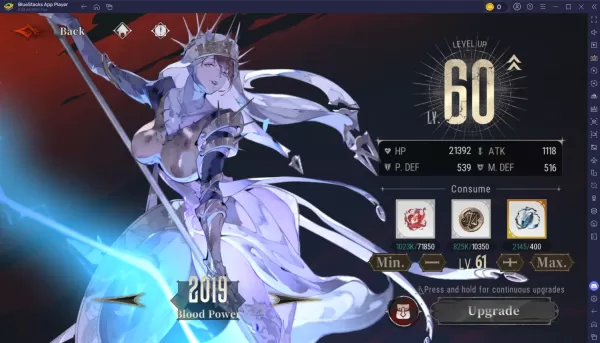An indie game developer with extensive experience creating Switch titles has offered compelling evidence suggesting the Switch 2 boasts significantly enhanced processing power. This conclusion stems from a close analysis of the recently unveiled Mario Kart 9 trailer.
Nintendo's official Switch 2 reveal, while impressive, remained notably vague regarding the console's technical capabilities. While upgrades to the Joy-Cons, kickstand, and overall form factor are evident, concrete performance details remain scarce.
Jerrel Dulay of Sungrand Studios, a developer with a proven track record on Wii U and 3DS titles, presented his analysis in a YouTube video (via GamesRadar). He highlights several key graphical features in the Mario Kart 9 footage as indicators of a substantial power increase.
Mario Kart 9: A Graphical Deep Dive
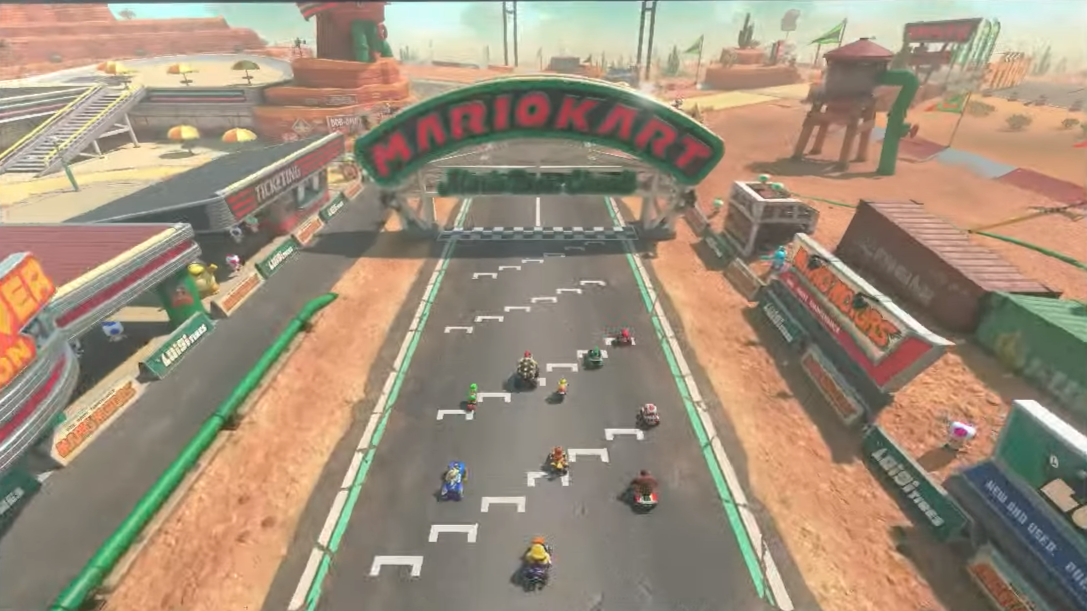
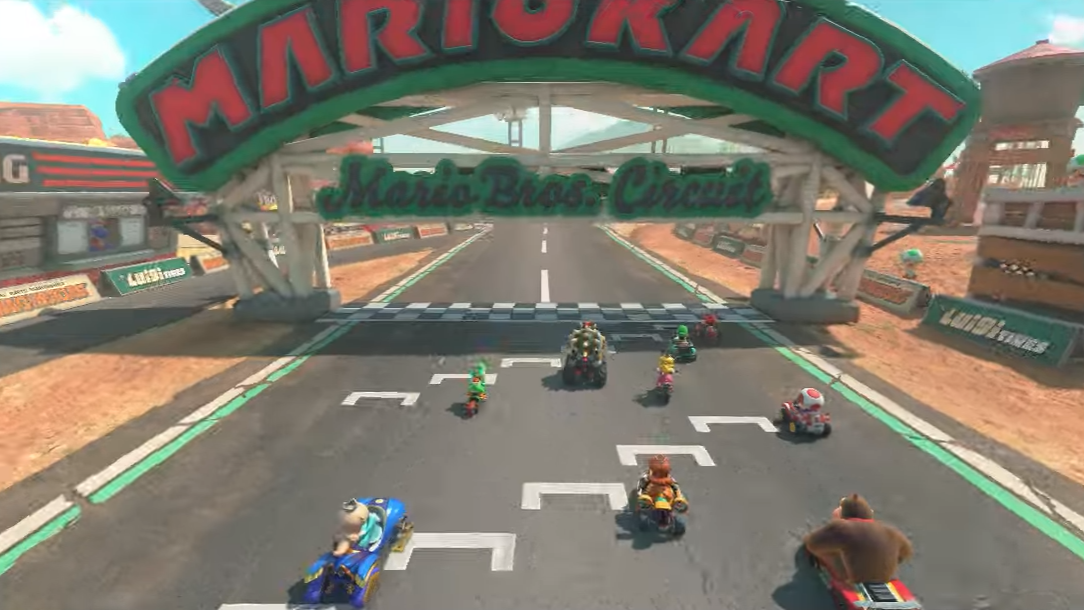 25 Images
25 Images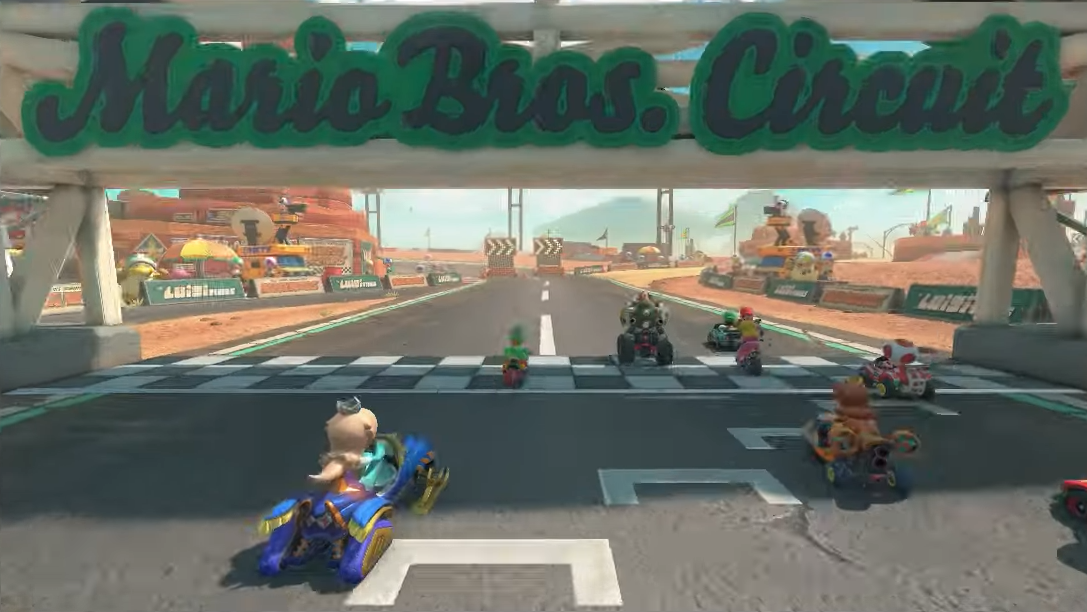
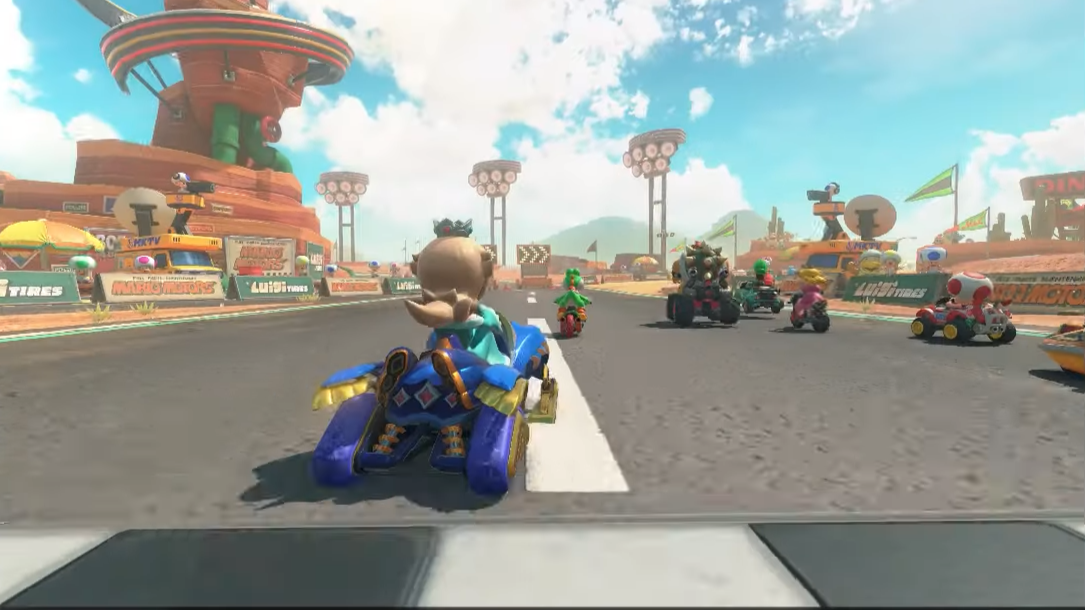
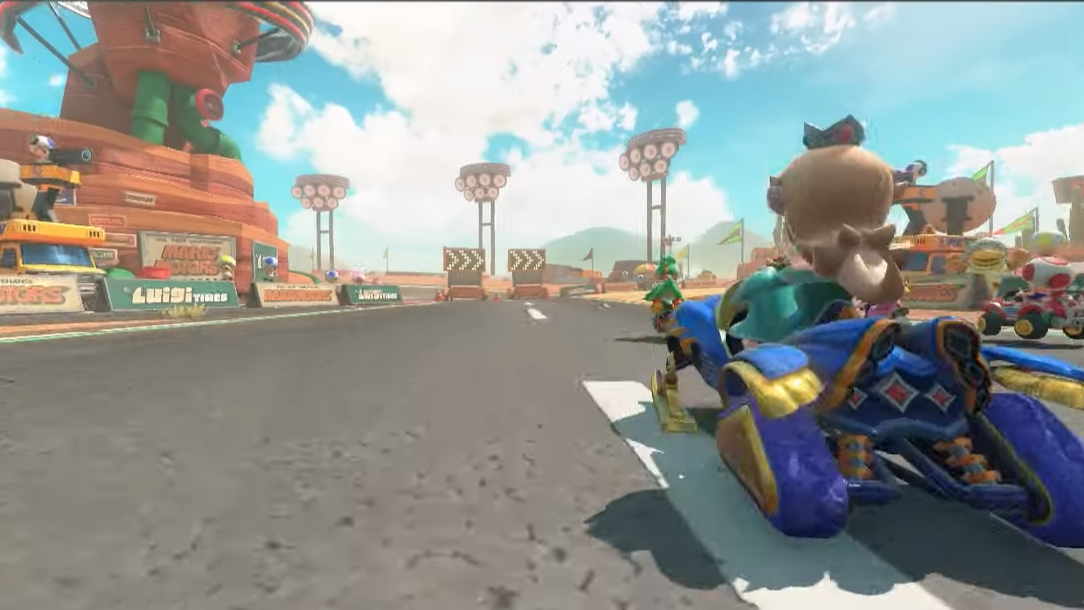
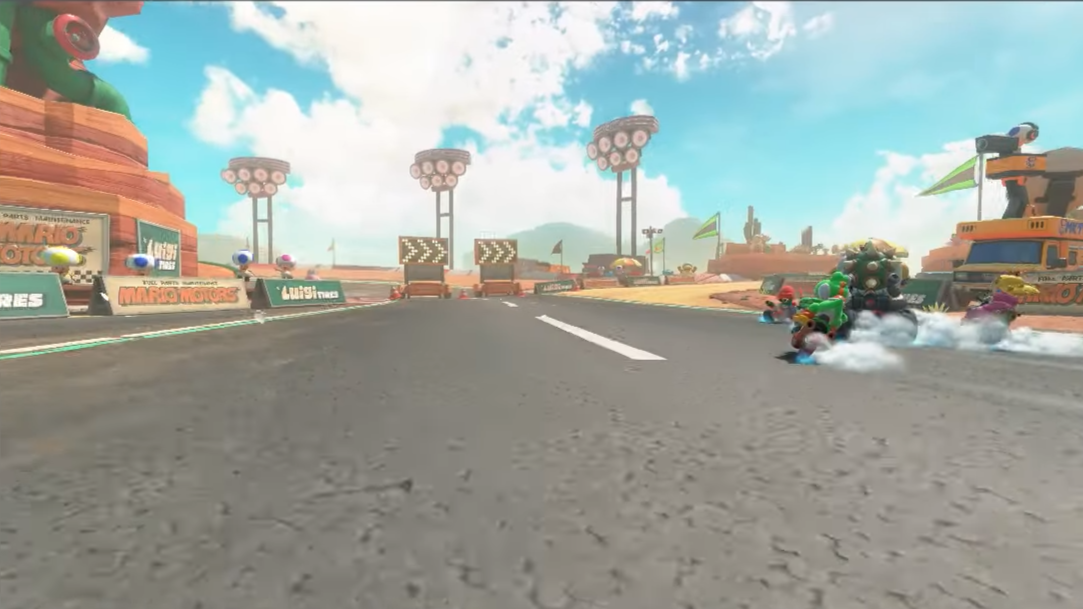
Dulay points to the use of physically-based shaders, impacting reflections and lighting effects on the karts and environment. These shaders, computationally intensive on the original Switch, are heavily utilized in the Mario Kart 9 footage, suggesting a significant increase in processing power. He also notes improved ground textures and material reflections, demanding both higher resolution and increased RAM.
Reports from late 2023 (Digital Foundry) and motherboard leaks point to the Switch 2 utilizing an Nvidia T239 ARM mobile chip with 1536 CUDA cores and 12GB of LPDDR5 RAM. This represents a substantial upgrade from the original Switch's 256 CUDA cores and 4GB of RAM. The potential for significantly faster RAM speeds (up to 7500MHz) further enhances performance.
Dulay emphasizes the presence of volumetric lighting and far-distance shadows in the trailer, both graphically demanding features. The smooth 60fps performance showcased, despite these computationally expensive elements, strongly supports his assertion of a significant power boost. The high polygon count of characters and real-time cloth physics on flags further underscore this point.


